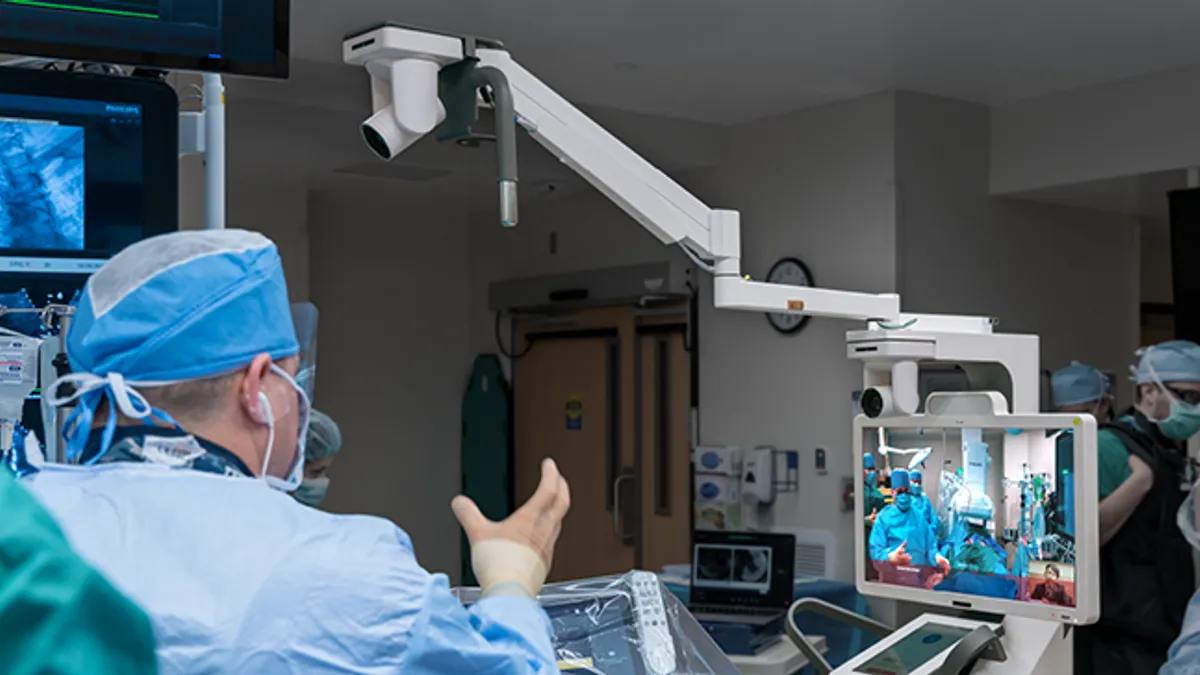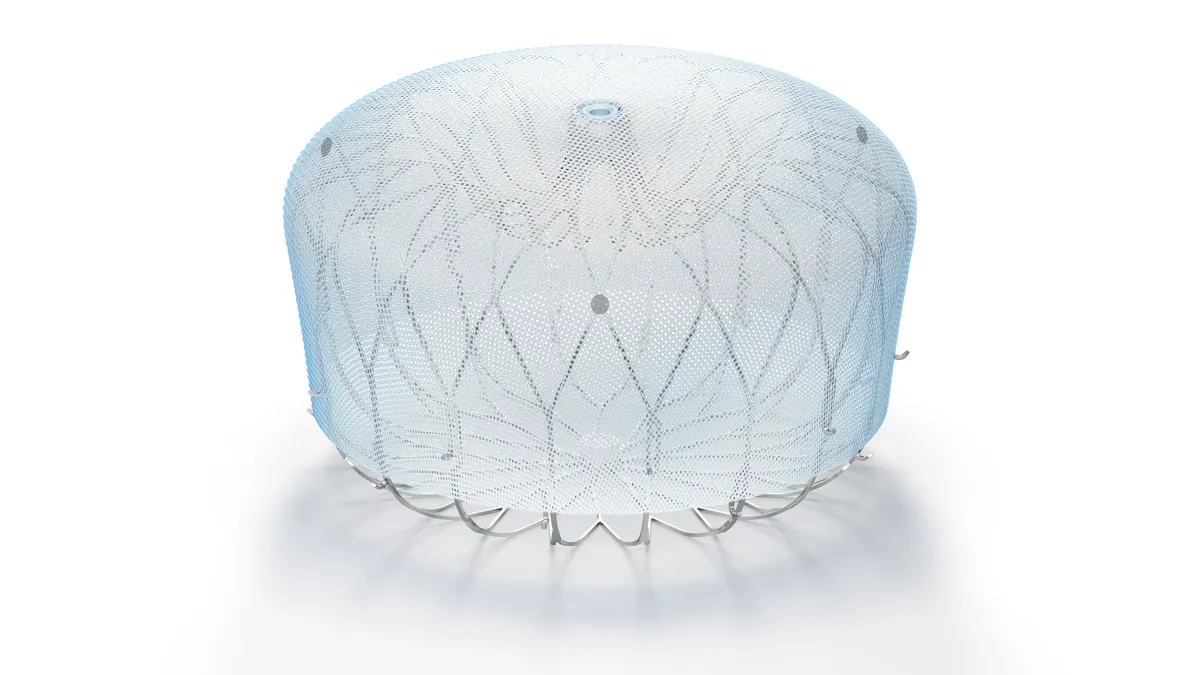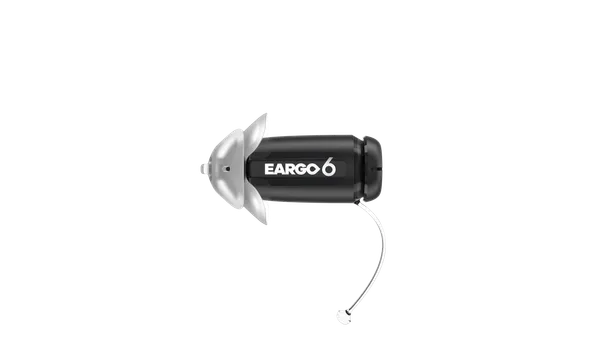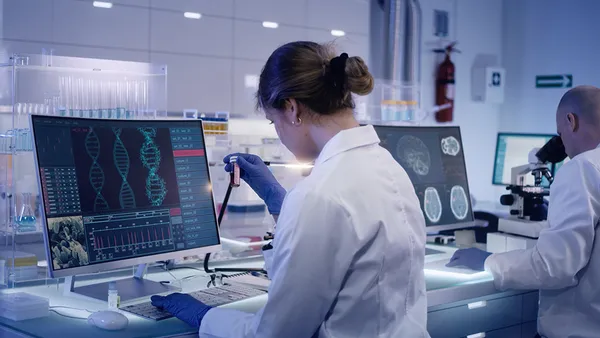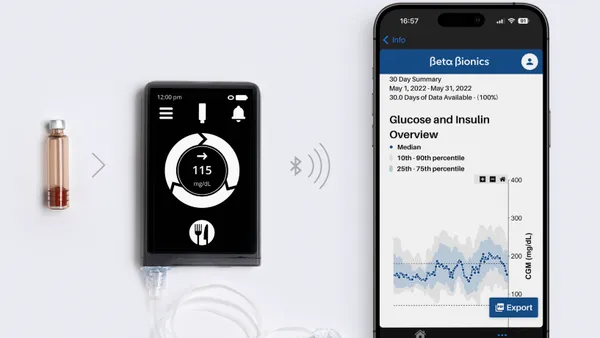Collaboration during medical procedures is critical to the advancement of patient care – whether it's a physician advising or training other physicians during a complex procedure, a medical manufacturer rolling out a new product, or a device rep providing product support during a procedure.
The device industry has long grappled with challenges associated with being in-person for procedures with physician customers – non-stop travel, budget restrictions, and large territories, can prevent the device industry from reaching its true potential sharing new products with all physicians and providing customer support whenever and wherever its needed. When COVID-19 disrupted the ability to travel and limited in-person healthcare, it put an additional spotlight on these issues and accelerated the need for change.
The Way We're Working Isn't Working
In a single day, a rep could travel between multiple hospitals or states, spending more time trying to get to an account than actual time with customers. Far too often, procedures are delayed because a rep cannot physically get to a hospital in time or misses an emergent case altogether. Another very common scenario is that the rep arrives at the hospital in time, but the surgeon is delayed in another case and the rep spends hours waiting for the procedure.
Getting medical experts into the procedure room even without these inevitable delays requires millions of hours and dollars spent coordinating travel, aligning schedules and preparing to safely enter a procedure room.
The current system is inefficient and there's room to improve.
Remote technology in the Operating Room
The use of telemedicine has soared since the start of the pandemic and it's no surprise that demand for A/V technology for virtual collaboration from the operating room has also increased. We are starting to see leaders embrace this shift, including the CEO of one of the world's leading medical device manufacturers who said, "the new normal is exciting," adding that "anything that can be done remotely and virtual is preferred."
As a MedTech sales rep for over 20 years, I agree that the "new normal" is exciting, but I also know first-hand that nothing compares to being there in person. I'm proud to work for a company that is pioneering an integrated software and hardware solution that can seamlessly put remote medical professionals "in the room" when they wouldn't otherwise have been able to be there in person.
Avail was built to meet the specific needs of physicians and medical experts for remote collaboration during procedures, clinical education or training. The Avail system is a fully integrated audio-visual hardware and software system that provides a reliable and controlled two-way experience for users. The system includes a mobile console in the procedure room with high-definition pan-tilt 30x zoom video cameras and plug-ins for external surgical modalities. Remote users on their iPad or laptop can fully control the cameras in the procedure room, split the screens to view video and imaging inputs side-by-side, telestrate, freeze frames and more. Our technology is intuitive and easy to use making it easy to adopt as part of daily procedure room activities. While physicians “in the room” benefit from ethernet connectivity and tailored hardware, remote device reps can log into procedures from anywhere.
The Avail portal connects our growing network of medical industry experts and physicians and allows users to easily manage schedules, update availability in real-time and collaborate at the click of a button. The Portal also provides tools to support medical device rep, particularly those in the field, to better run their remote activities and ultimately their business, including the ability to manage relationships, track historical utilization and improve time management.
Avail's solution is used across multiple specialties, in multiple clinical settings, and empowers the device industry to better connect with physician accounts, provide product support in harder to reach places, and accelerate product launches. Recent examples include:
- A medical device rep was able to provide technical support for a last-minute emergency aortic dissection procedure in a situation where the rep wouldn't have made it to the hospital in time to support physically in-person.
- Medical device training programs provided for physicians, medical students and other industry rep streamed live from an orthopedic cadaver lab.
For too long, medical information sharing and collaboration has depended on in-person communication. Just as the COVID-19 pandemic has caused us to rethink nearly all aspects of our daily life, so too has it caused us to rethink how we deliver healthcare.
In the work from home world, the medical device industry has not had the ability to work from home in a meaningful way – until now.
Jerry Carter, VP Sales Avail
Jerry has worked in medical device sales, sales management, strategic sales and IDN corporate contracting for 26 years. Prior to Avail Jerry worked for C.R. Bard, Arterial Vascular Engineering, Stryker, and Medtronic

